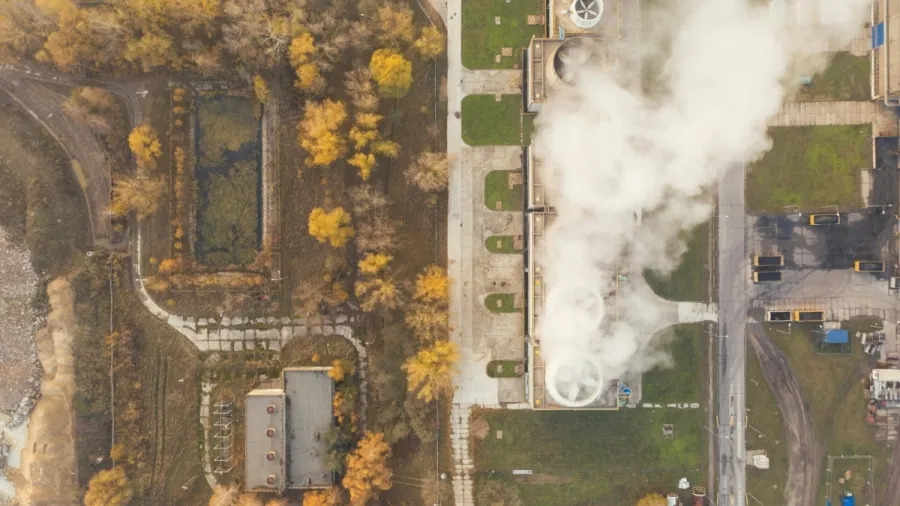
Oil supply glut seen to weigh on Australia's LNG sector: IEEFA
IEEFA warned this will be coupled by excess supply in the LNG industry itself.
Australia’s liquified natural gas (LNG) producers may possibly face a gloomier future as the expected oil supply glut is seen to pull oil prices down, which is projected to drag the LNG sector, according to the Institute for Energy Economics and Financial Analysis (IEEFA).
In its report “Oil and LNG supply gluts spell double trouble for Australian LNG producers,” IEEFA said global oil markets may be heading for a glut in supply, with capacity in 2030 possibly exceeding demand by a staggering 8 million barrels per day.
IEEFA said the glut is due to rising oil supplies led by non-OPEC+ producers, specifically the US and South America, whilst demand fails to keep up.
“The oil demand slowdown is driven by the fast increasing uptake of electric vehicles worldwide, combined with improved efficiency of petrol or diesel vehicles. Oil use is also decreasing for power generation, replaced by renewables or gas,” it explained.
IEEFA said the same was experienced during the COVID-19 pandemic when production was not able to adapt to the fall in travel demand. This resulted in oil prices falling below $20 a barrel, even reaching negative for a short time, before stabilising at $40 per barrel.
The change in oil prices has an impact on Australia’s LNG sector since it is heavily exposed to such due to the majority of existing contracts having pricing directly linked to oil costs.
“Australian LNG contracts usually include a limited fixed-price component as well as a variable component based on a benchmark such as the Brent crude oil price or the Japan Crude Cocktail (JCC) price. While the fixed component is typically increased slightly under a predefined threshold, low oil prices for a prolonged period of time would likely lead to financial losses for contracted LNG,” IEEFA said.
The agency also expects global LNG supply to increase by 40% between 2024 and 2028. It noted this is an unprecedented level of growth for the industry in such a short time period.
This will be led by Qatar and the US, which have much lower costs of production than Australia.
Meanwhile, LNG demand is starting to decline in mature markets, such as in Japan and South Korea.
To address the decline, LNG relies on demand from emerging markets.
However, IEEFA noted that “high and volatile prices, and fiscal challenges are limiting the appetite of emerging Asian markets for LNG.”
“Long contracting timelines, a preference for domestic energy sources and the favourable economics of alternative energy sources including renewables are also constraining demand growth,” it added.
With the majority of Australia’s LNG contracts expiring after 2030, producers will increasingly find themselves exposed to growing competition either through spot market sales, or through competition from lower-cost producers and over contracted intermediaries for securing new long-term contracts, IEEFA said.
“This double pressure on LNG prices – contracted and uncontracted – will put financial returns at risk for Australian LNG producers,” IEEFA warned.
"Australian LNG producers have materially higher costs of production than other global suppliers. This leaves them particularly vulnerable to financial losses in an oversupplied market, which is likely to drive prices down to unlock demand from price-sensitive emerging economies,” IEEFA Australia CEO Amandine Denis-Ryan said.


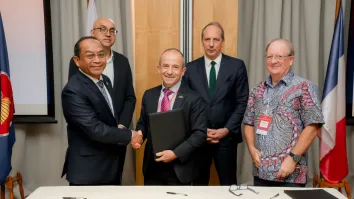







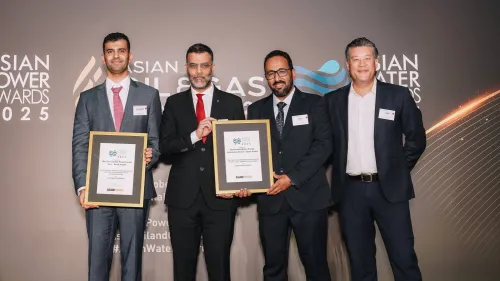
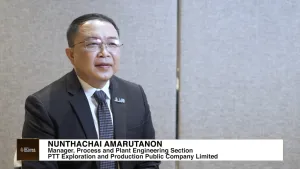
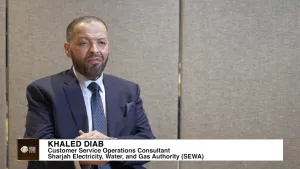



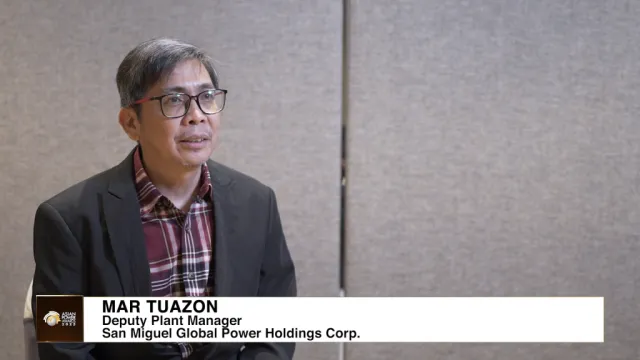
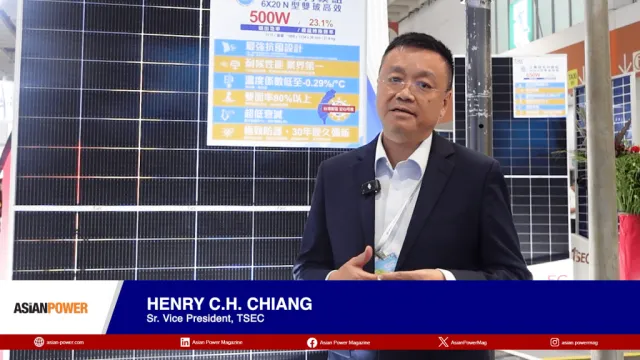

 Advertise
Advertise







